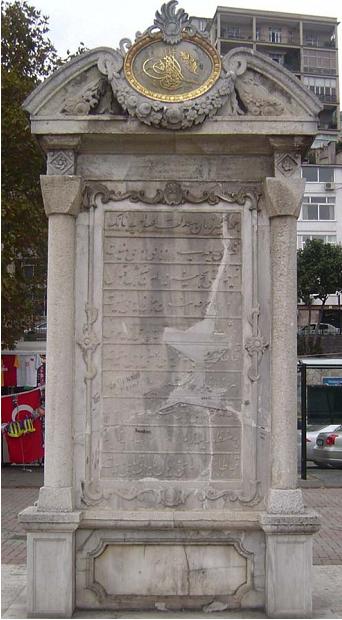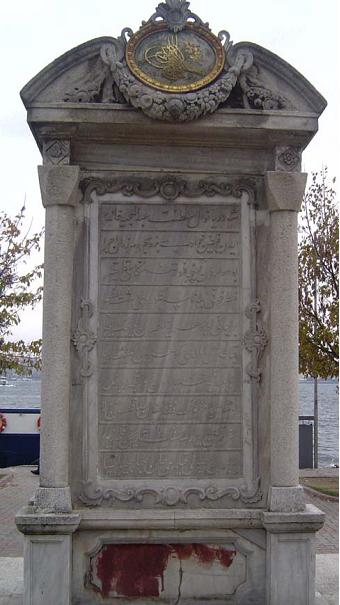Once a Brahmin came to Guru Gobind Singh ji and expressed his concern for the Guru, the Sikhs and the grim fate of the Sikh religion, in view of the martyrdom of Guru Arjan Dev ji and Guru Tegh Bahadur ji along with three Sikhs (Bhai Dayal Dass ji, Bhai Mati Dass ji and Bhai Satti Dass ji). The Brahmin further suggested that if the Guru donated some mustard oil and pure iron to Saturn (Shani), then Saturn may be pleased and good times may return for the Sikhs.
The Guru apprised him of the rich and scientific Sikh philosophy that has no faith in superstitions, but on the insistence of the Brahmin, he finally agreed to offer the mustard oil and pure iron. The Brahmin was happy that the Guru had been finally convinced. On the way out, the Brahmin met some Sikhs and on being questioned, told them everything.
The Sikhs immediately realized that the Guru in his wisdom, has set a test for them. So they took all the offerings from the Brahmin and told him to come to the presence of the Guru the next day. Next day, when the Sangat had assembled, the all-knowing Guru asked a group of Sikhs on the appeal of the Brahmin, if they had to share anything with the Sangat. The Sikhs told the Guru that they had realized the test was being conducted by the Guru to examine the faith of the Sikhs in the Sikh philosophy, being taught to them since the last two centuries.
Therefore, they took the offerings from the Brahmin, used the oil in the Guru ka Langar, and made Kara (iron bracelet) of the pure iron, which they were wearing then. The Sikhs, according to the Sikh philosophy, have no faith in superstitions, planetary influences, holy or unholy days and in directions (East, West, North or South). The Guru expressed his happiness and blessed all the Sikhs with karas - in rejoicing for conquering the fear of superstitions.
The kara, generally worn in the right hand, reminds the Sikh that his or her actions have to be fearless symbolizing Amrit. This is the symbol of Guru on the hand of action and therefore all actions are to be pure. The purity and strength of pure iron has to be reflected in every action of the Sikh. The free availability of iron makes it easy to afford and therefore everyone can wear it. It symbolizes the Sikh brotherhood.



